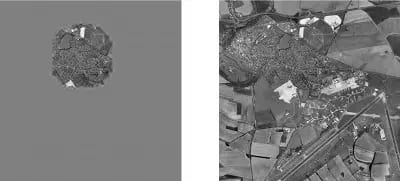Video Compression
Do you think we can trust our vision?
A wise answer would be no – in many situations. In everyday life, when we look at something, we are not aware that the eye permits us to see only a very small region in a precise manner. Indeed, the rest of what we think we see is a reconstruction created by our brain. ThinkTank Maths (TTM) exploited this quirk of human vision mathematically in the vital domain of video compression.
We are now surrounded by digital video applications — YouTube clips, DVDs, Skype calls, Netflix, to name but a few — which are all made possible by video compression, an advanced mathematics-based technology that reduces the file size of an image sequence.
However, it turned out that none of the known techniques met the needs of a large European technology company who wanted to get their new Unmanned Air Vehicle (UAV) off the ground.
Their UAV needed to transmit high-quality video. Even with the most sophisticated video compression, this required such a heavy, expensive antenna that the vehicle could not fly. With its proprietary technique, ThinkTank Maths reduced the bandwidth requirements by allowing the viewer to highlight the important parts in the video stream. The key was to capture the essential features in mathematical form without sacrificing context.
To put it briefly, traditional compression techniques such as JPEG-2000 leave the viewer completely blind outside the priority areas, as shown below in the image on the left. In contrast, with the exact same bandwidth requirements, TTM’s new algorithm produces the image shown on the right.


